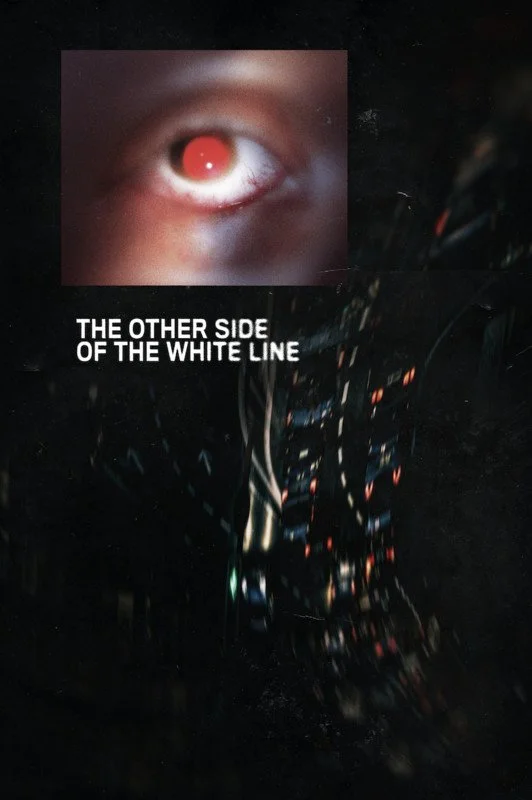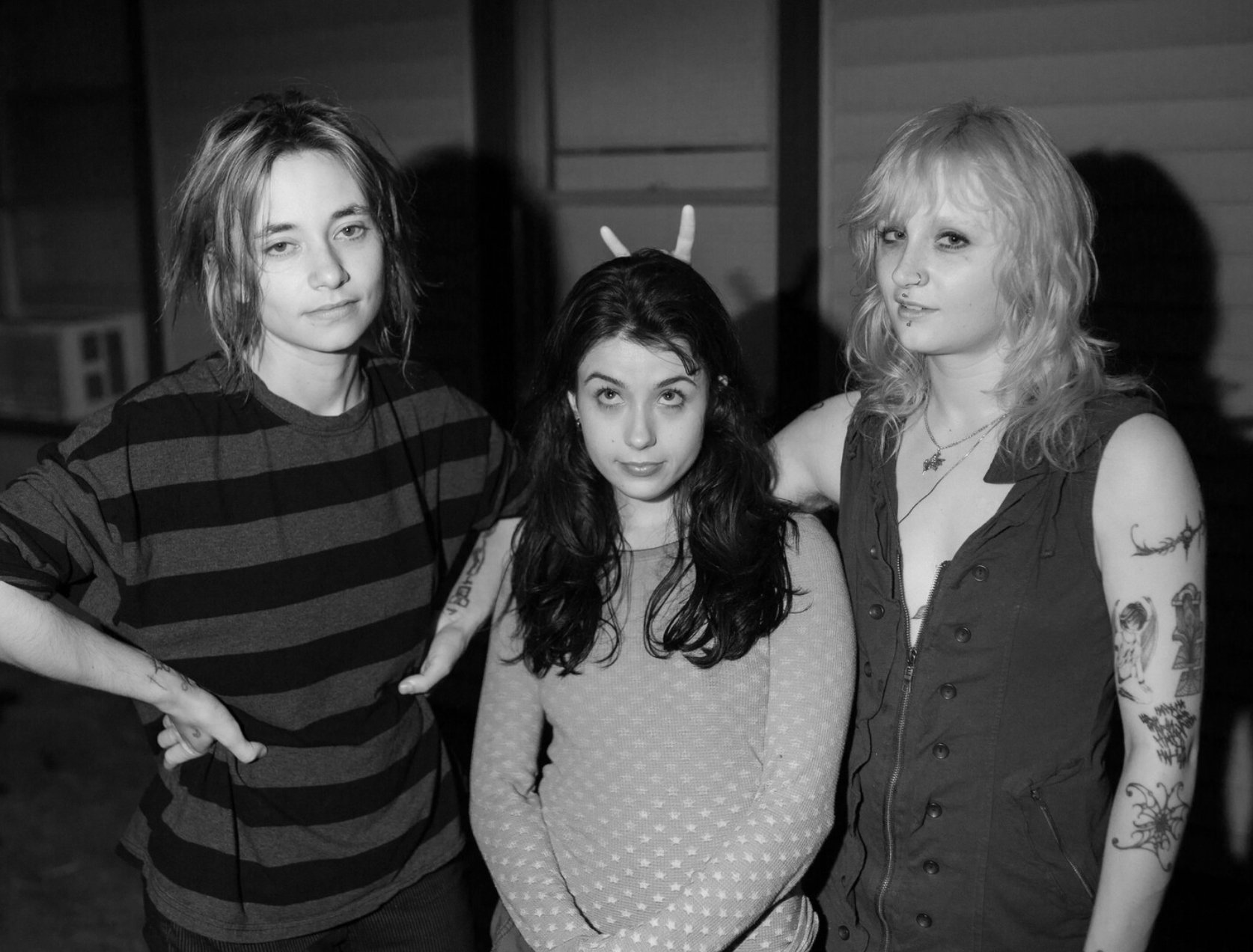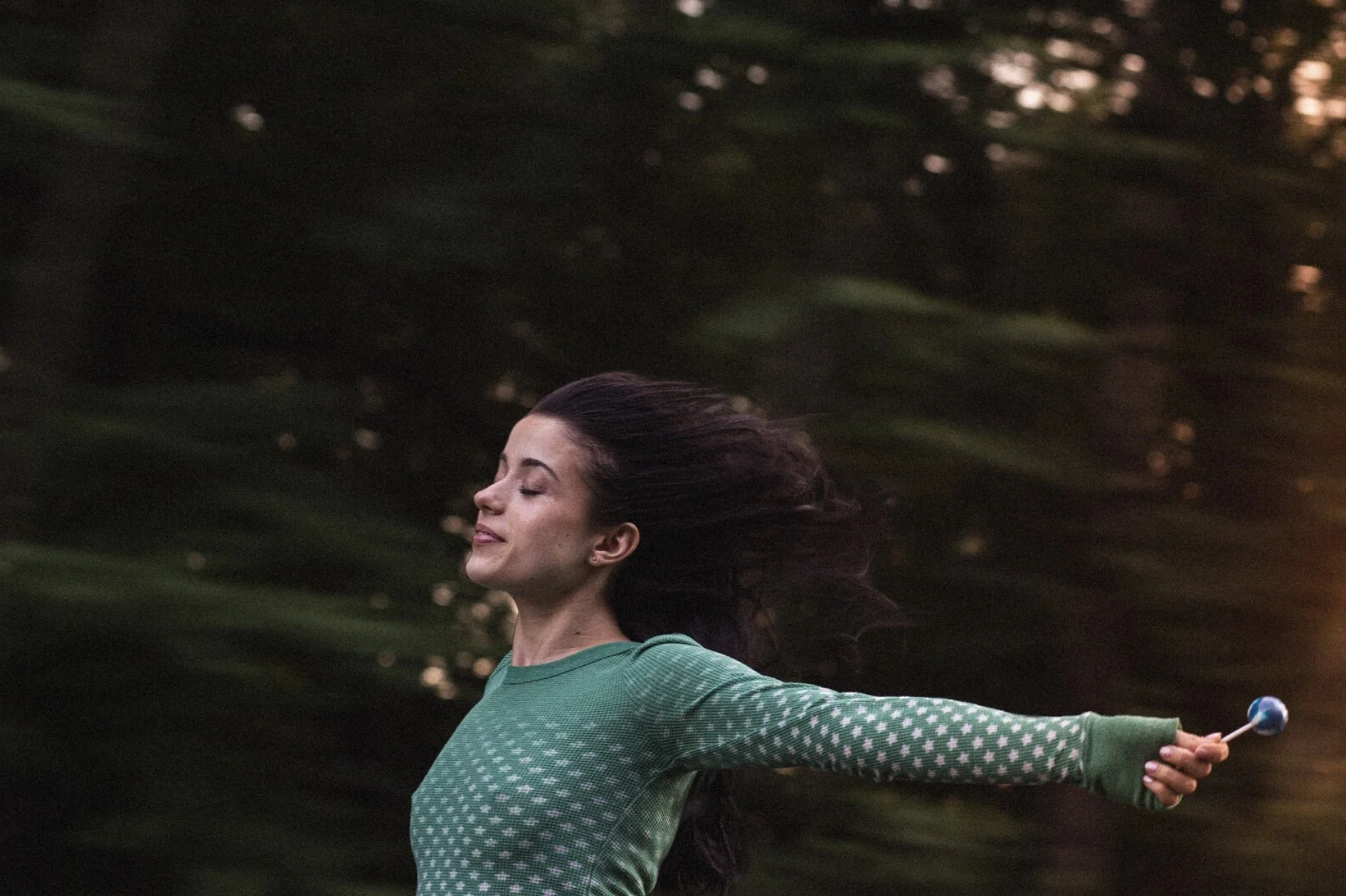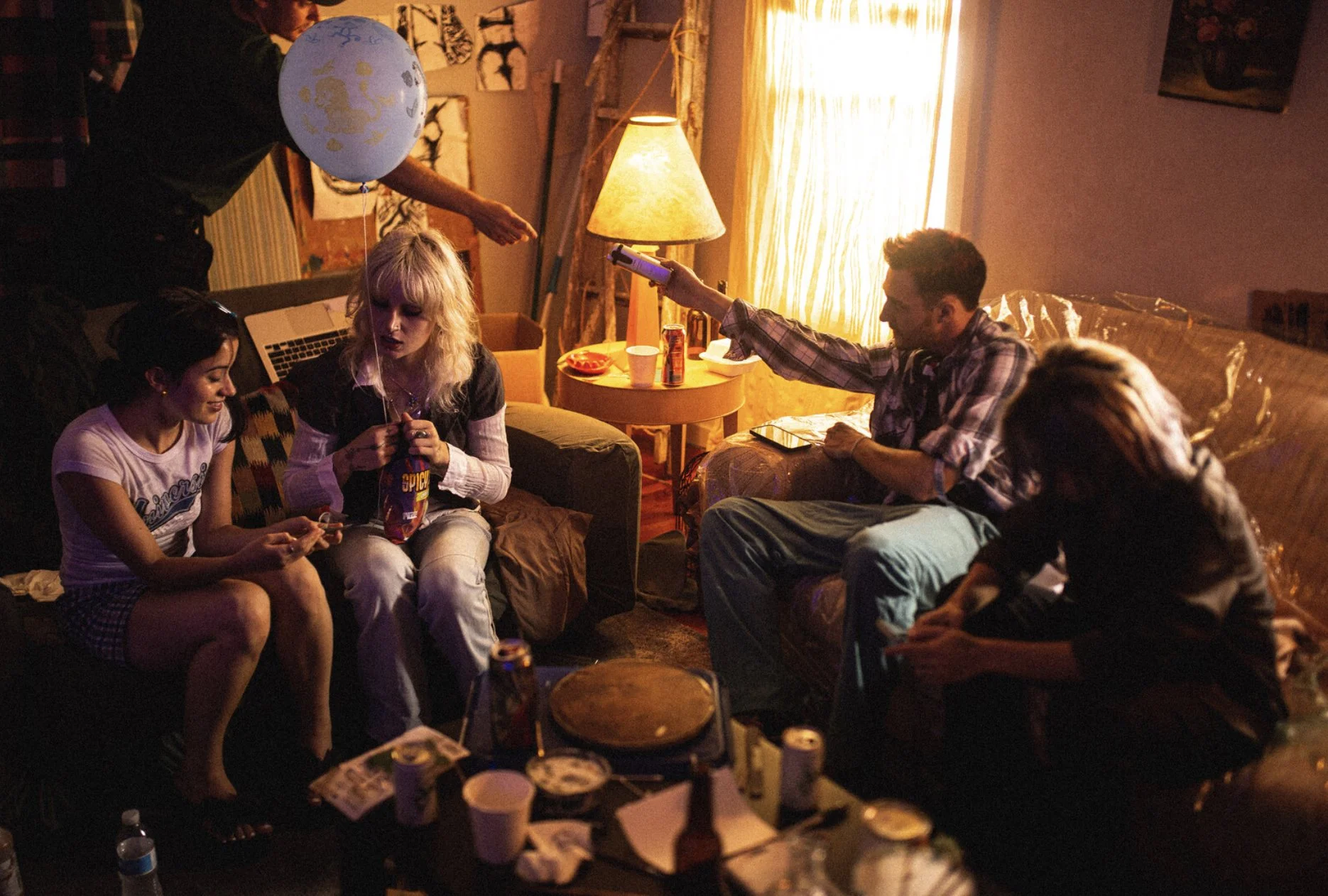Milan Sachs on Art, Addiction, and The Other Side of the White Line.
Welcome Milan, we are very excited to have you today with us to discuss about your work.
Who is Milan Sachs and how did the passion for creating begin ?
Hi there, I’m Milan Sachs. I’m a writer and director who explores themes of women’s empowerment, LGBTQ+ issues, drug addiction, and gender identity. Through my films, I amplify underrepresented voices, capturing raw emotions and the beauty in moments of pain.
My passion for filmmaking started young when my parents handed me a camcorder, sparking my fascination with storytelling and the power of visual media.
Can you tell us a bit about your previous work?
Before diving headfirst into filmmaking, I explored photography and writing on my own and at the college level, where I began to develop my eye for capturing moments and telling stories. Through photography, I learned to see the world through a different lens, honing my ability to capture raw, fleeting emotions in a single frame. Writing allowed me to delve deeper into character development and narrative structure, giving me the tools to create complex, compelling stories.
These early experiences in both photography and writing laid the foundation for my transition into filmmaking, where I would combine my visual and narrative skills to bring powerful, emotionally driven stories to life.
What inspired you to adapt your personal poetry collection into a short film ? Was it a conscious decision based on the themes you wanted to explore, or did the format emerge organically during the creative process?
The poetry I was writing at the time lent itself to strong imagery. I remember I turned to my sister and was like “I want to turn these poems into a film,” and that was that.
CONVERSATION ABOUT: ''The Other Side of the White Line''
Official Poster of the film.
‘‘The Other Side of the White Line’’ started as a poetry collection. How did you go about transforming raw, personal poetry into a structured screenplay?
My sister and I started mapping out what I needed to do in order to start the filmmaking process- a process which took a total of four years from start to finish. First, I turned the poetry collection into a script by finding the main story within the poems. I wrote and rewrote constantly until a feature draft was done. I knew I couldn’t make a full feature at the time, so I decided on a proof of concept short that turned into The Other Side of the White Line.
Then, fast forward a year, I emailed hundreds of producers and met KarynRose Bruyning through an email conversation that changed my life. She took a chance on me, saw the vision, read the script, and agreed to help me produce my first short.
Color plays a huge role in films to set mood—was there a particular color palette or visual motif that helped define the world of your film? The film has a dreamlike and ethereal aesthetic.
The color blue was present throughout the film. Looking back on my short though the color palette was fairly monotone colors, with hints of cool tones.
As I step into the process of making my first feature the colors I am choosing to work with are more refined and reflect the mood of the film more accurately.
You danced to raise $30,000 for this film—a testament to your dedication. What were some of the biggest obstacles you faced in getting The Other Side of the White Line made?
I raised about $22,000 dancing for almost three years, and then I fundraised, held events, and received donations from friends and family. The biggest obstacle was wondering in the back of my head when I was going to be able to stop dancing, and afraid that I was getting sucked into that industry day by day. But, I did it to pay my bills, make my first film, and I danced for my future. I can now see that it was worth it.
What reactions do you hope to elicit from audiences watching your project ?
I don’t think about this too much. Everyone will have their own reaction and relate to my work differently. At the core of it, I just hope that they understand the story.
In an alternate universe, your short film is getting a sequel. What’s the first plot twist you’d throw at the audience?
Well the truth is, I wrote a full feature of this short, so I don’t want to give anything away because we’re in the beginning stages of finding investors and casting. You’ll just have to wait and see!
Can you tease any upcoming projects or themes you’re excited to explore in your future works?
I have two projects that are upcoming- the feature scripts are basically complete for both. One is the feature length of this short and the other is a feature script about my experience as a dancer. That’s all I’ll say for now!
This marks the conclusion of the interview featuring our esteemed artist, Milan Sachs. Our community is growing steadily, with a continuous influx of skilled filmmakers and screenwriters joining us. Explore our other interviews, and consider scheduling one for yourself to showcase your creative endeavors.








